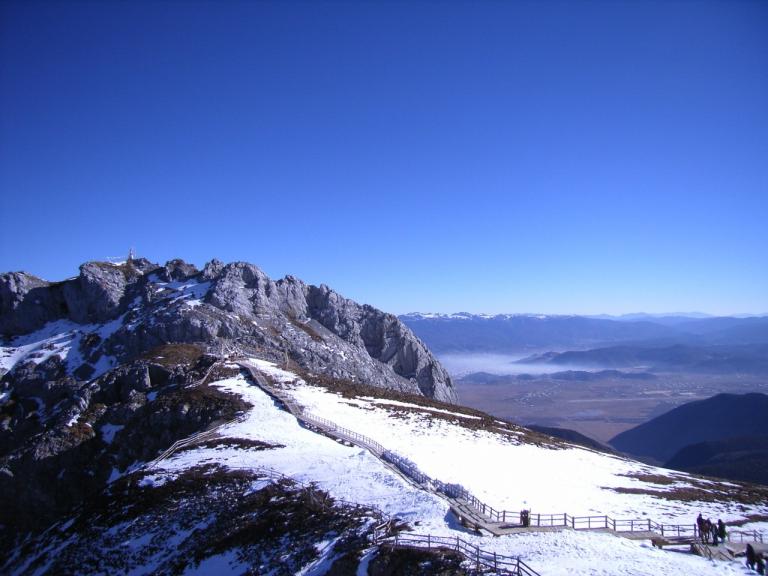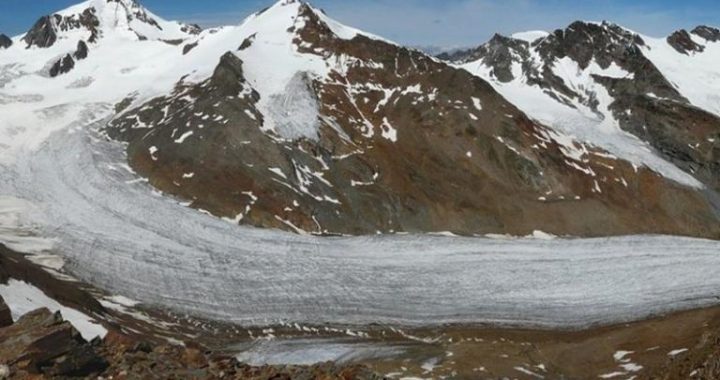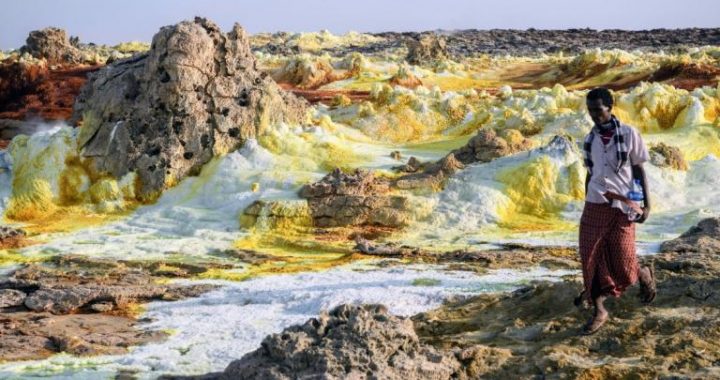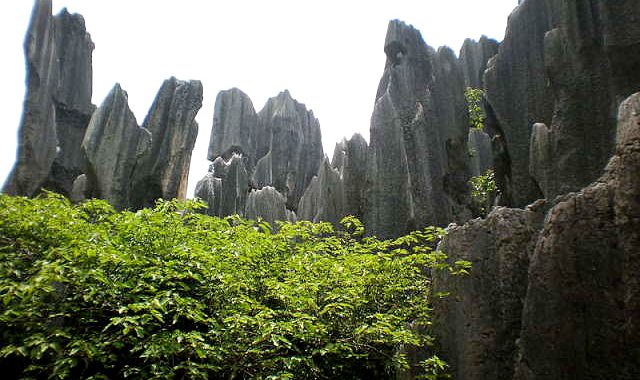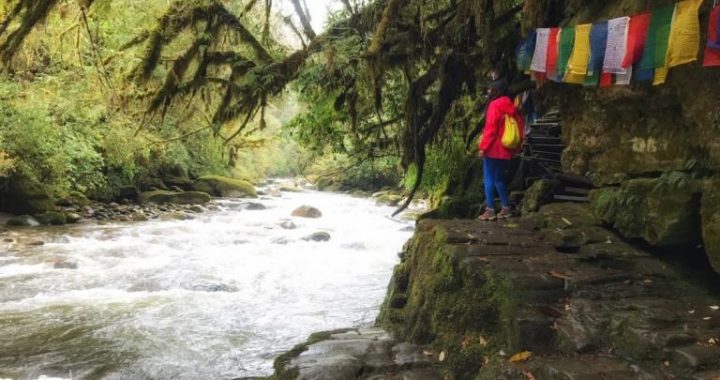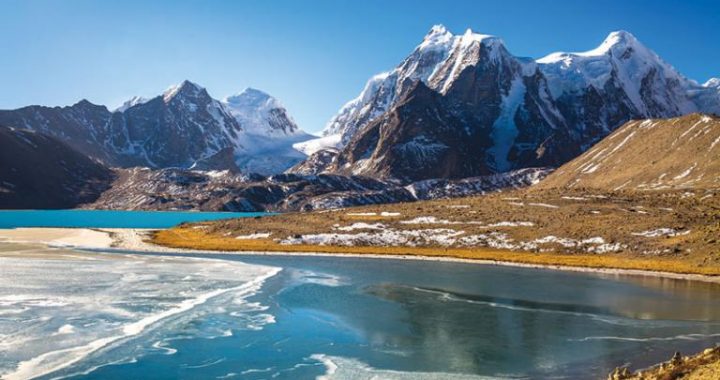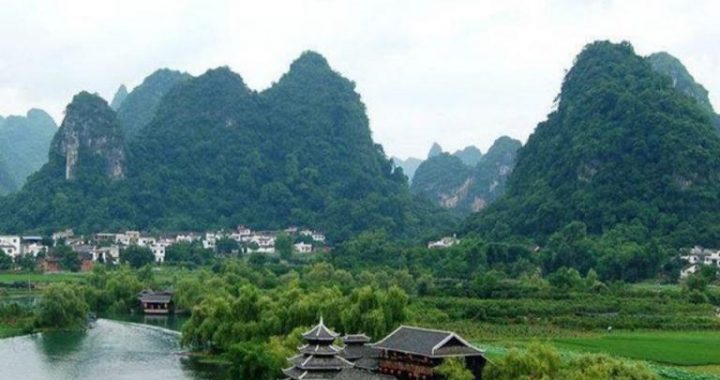High Mountains in Shangri-La
4 min readThis article Lfocuses on the other defining physical feature of northwest Yunnan: the high mountains that run in long parallel ridges between the rivers. These mountains are at their highest as they merge with the Tibetan Plateau at Yunnan’s northern border. Slowly descending in height toward the south, they eventually join with the subtropical ridges of the Yunnan Plateau. Most scenes are from the highest peaks along the Tibetan frontier.
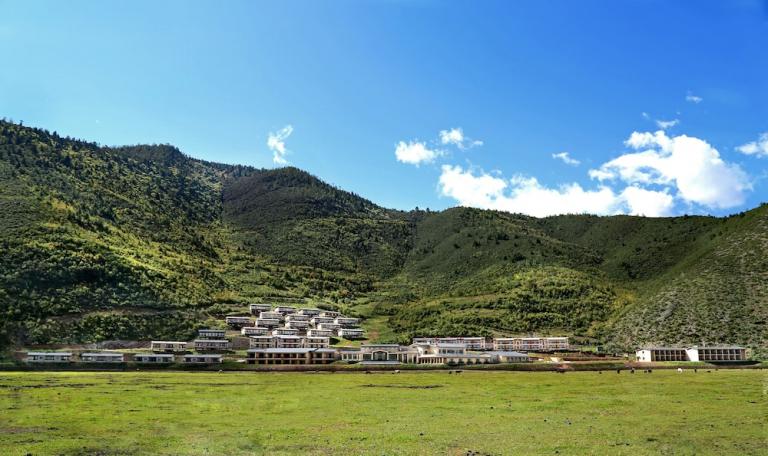
Mountains have great cultural importance to the people of northwestYunnan. Mountains carry important spiritual significance for mountain peoples. Today this significance is still expressed enthusiastically by Tibetans, but in the past mountains were also central to beliefs of Naxi and other groups. High mountain environments also provide important livelihoods for mountain villagers. Again, this is especially true for Tibetans, whose culture is centered on the yak,a creature that cannot survive the low-country heat. Tibetans also get most of their traditional medicinal plants from the high meadows.
Unlike what has happened in the Alps in Europe or trekking areas of Nepal, high-mountain tourism has reached northwest Yunnan at only two locations, both centered on glaciers. The tram to a glacier on Yulong Snow Mountain attracts almost one million of Lijiang’s tourists every year, and Mingyong Glacier is a major attraction of the Deqin area. However, which captures instead scenes from obscure, remoteplaces where few travelers venture in modern China.
Ecologically, the term alpine refers to the life zone in mountains above the forest. Here along the southeastern edge of the Tibetan Plateau, the upper limit of continuous forest is the highest in the world, reaching around4,200meters(13,800 feet) in elevation, although individual trees occur as high as 4,600 meters(15,000 feet). Above the forest lies a fascinating mosaic of alpine habitats including herbaceous meadows of grasses and flowers, low shrublands consisting of dwarf rhododendron and prostrate juniper, and loose, rocky screes on mountain slopes. Although too cold for trees to survive, the alpine environment still supports a rich and diverse complement of plants and wildlife. Plant diversity, especially, reaches extraordinary levels in the alpine zone of northwest Yunnan. The total number of species is surprisingly high when compared to alpine zones elsewhere in the world, and many have very limited distributions, occurring nowhere else on Earth.
Yunnan, like many areas, has made forest ecosystems the primary targetfor conservation investment, despite contributions made by non-forest ecosystems to biological diversity and human well-being. Within government conservation programs, there has been little understanding of the ecological importance of alpine ecosystems. At the same time, there is ample evidence of serious short-and long-term threats that jeopardize its nature, culture, and livelihoods. But implementing effective conservation actions is not astraightforward process, especially in the alpine zone where we face high scientific uncertainty due to limited information.
With these factors in mind, The Nature Conservancy organized the Alpine Ecosystem Project to increase understanding of the ecological and cultural importance of high-mountain environments in northwest Yunnan and promote options for sustainable use that maintain cultural integrity andconserve native plants and animals. We enlisted a number of Chinese and foreign collaborators to provide the scientific foundation for this effort.A few of the unexpected discoveries made during this research include:
· Of all habitats found in Tibetan areas, high alpine meadows have the greatest plant diversity, even higher than moist forests found at lower elevations.
· Alpine meadows also contain most Tibetan medicinal plants andsupport the highest butter production from domestic yak herds.
· Disturbingly, woody species in forests and alpine shrublands are responding to rapid climate change by increasing in cover and crowding out alpine meadows.
· Both scientific research and surveys of local plant collectors show unsustainable trends in some alpine medicinal plant populations collected for commercial purposes.
· The current status of big predators is mixed. Leopard and snow leopard once occurred in the area, but are now probably extinct. Wolves, however, are common and increasing in population.
· Yak herders report that livestock production has not decreased, indicating that overgrazing may not be taking place.
Finally, today’s alpine herders have reported a worrying trend. They consistently report that their heirs have litle interest in continuing the family tradition, which, admittedly, is a rugged and lonely existence. Instead, young villagers want to move to the city to pursue other economic opportunities.What makes this urban migration trend worrying is that it will likely lead to an erosion of traditional knowledge systems for management of the alpine environment. This knowledge base of livelihood sustainability has served Tibetan communities well for many generations. Its loss will limit future options and should not be taken casually.
